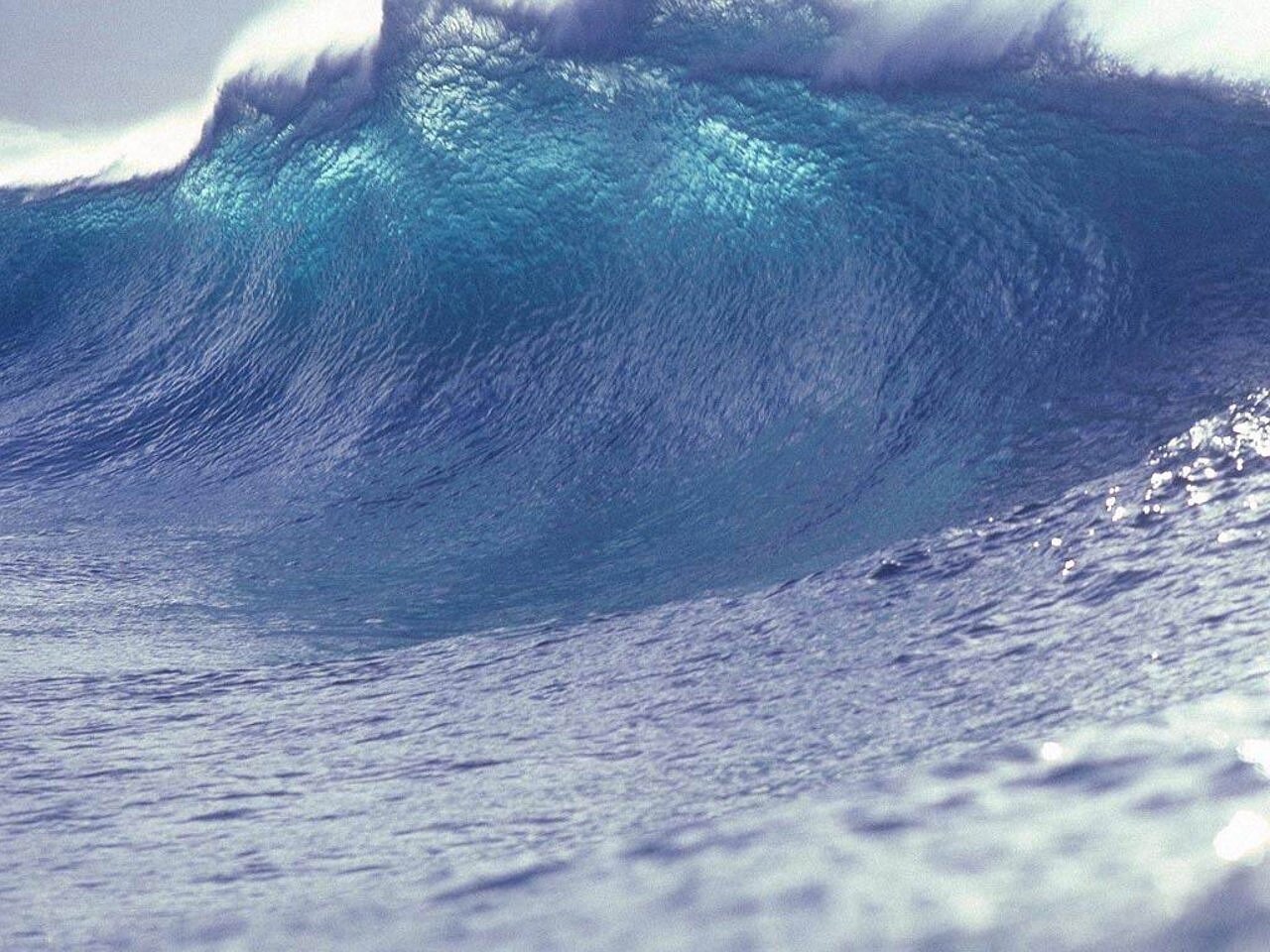Worst-Case Tsunami Scenario: California Coastal Communities At Risk

Welcome to your ultimate source for breaking news, trending updates, and in-depth stories from around the world. Whether it's politics, technology, entertainment, sports, or lifestyle, we bring you real-time updates that keep you informed and ahead of the curve.
Our team works tirelessly to ensure you never miss a moment. From the latest developments in global events to the most talked-about topics on social media, our news platform is designed to deliver accurate and timely information, all in one place.
Stay in the know and join thousands of readers who trust us for reliable, up-to-date content. Explore our expertly curated articles and dive deeper into the stories that matter to you. Visit Best Website now and be part of the conversation. Don't miss out on the headlines that shape our world!
Table of Contents
Worst-Case Tsunami Scenario: California Coastal Communities at Risk
California's stunning coastline, a magnet for tourists and home to millions, faces a hidden threat: the devastating potential of a major tsunami. While earthquakes are the state's most publicized seismic hazard, the subsequent tsunamis pose a significant and often underestimated danger to coastal communities. This article explores the worst-case tsunami scenarios, the communities most at risk, and what steps are being taken to mitigate the potential devastation.
The Cascadia Subduction Zone: A Looming Threat
The primary source of tsunami risk for California is the Cascadia Subduction Zone (CSZ), a 600-mile-long fault line running off the coast of the Pacific Northwest. A major rupture along the CSZ could generate a mega-tsunami, with waves potentially reaching heights of tens of feet along the California coast. Historical records and geological evidence indicate that the CSZ has produced massive earthquakes and tsunamis in the past, with the last major event occurring in 1700.
Worst-Case Scenario: Magnitude 9 Earthquake and Subsequent Tsunami
The worst-case scenario involves a magnitude 9.0 earthquake along the CSZ. This would trigger a powerful tsunami, impacting the entire California coastline. The initial waves would arrive within minutes to hours, depending on the location. Subsequent waves, often larger than the initial surge, would continue for several hours.
Communities Most at Risk:
Several California coastal communities are particularly vulnerable due to their proximity to the ocean and low-lying topography. These include:
- Crescent City: Historically, Crescent City has experienced significant tsunami damage. Its location makes it highly susceptible to waves generated from the CSZ.
- Eureka and Humboldt Bay: The relatively shallow waters of Humboldt Bay could amplify tsunami waves, increasing the risk to this populous area.
- Mendocino Coast: This picturesque region, with its cliffs and beaches, is vulnerable to the erosive power of tsunami waves.
- Big Sur and Monterey Bay: While seemingly protected by their rugged coastline, these areas could still experience significant flooding and damage from a major tsunami.
- Los Angeles and Orange County: While further south, these densely populated areas are not immune to the effects of a distant tsunami, albeit potentially with less severe immediate impact compared to Northern California.
Mitigation and Preparedness:
While we cannot prevent tsunamis, we can mitigate their impact through preparedness and infrastructure improvements. Efforts currently underway include:
- Early Warning Systems: The National Oceanic and Atmospheric Administration (NOAA) operates a tsunami warning system, providing crucial time for evacuation. However, for near-source tsunamis originating from the CSZ, warning time might be limited.
- Tsunami Evacuation Routes and Zones: Many coastal communities have designated evacuation routes and zones, crucial for minimizing casualties. Familiarizing yourself with these routes is paramount.
- Building Codes and Infrastructure: Strengthening building codes and infrastructure to withstand tsunami forces is crucial for long-term resilience. This includes elevating structures and building seawalls in vulnerable areas.
- Public Education and Awareness: Raising public awareness about tsunami risks and preparedness measures is essential for community safety.
Conclusion: A Call to Action
The potential for a devastating tsunami along the California coast is a serious concern. Understanding the risks, knowing your evacuation routes, and staying informed about emergency alerts are crucial steps in protecting yourself and your community. For more information on tsunami preparedness, visit the NOAA website and your local emergency management agency. Your life, and the lives of your loved ones, depend on it. Don't wait for a disaster to strike – prepare today.

Thank you for visiting our website, your trusted source for the latest updates and in-depth coverage on Worst-Case Tsunami Scenario: California Coastal Communities At Risk. We're committed to keeping you informed with timely and accurate information to meet your curiosity and needs.
If you have any questions, suggestions, or feedback, we'd love to hear from you. Your insights are valuable to us and help us improve to serve you better. Feel free to reach out through our contact page.
Don't forget to bookmark our website and check back regularly for the latest headlines and trending topics. See you next time, and thank you for being part of our growing community!
Featured Posts
-
 2023 College Football Regular Season Stats Unexpected Results And Top Performers
Jun 10, 2025
2023 College Football Regular Season Stats Unexpected Results And Top Performers
Jun 10, 2025 -
 Can Serbia Secure Victory Preview And Prediction For Serbia Vs Andorra 2026 World Cup Qualifiers
Jun 10, 2025
Can Serbia Secure Victory Preview And Prediction For Serbia Vs Andorra 2026 World Cup Qualifiers
Jun 10, 2025 -
 400 Million Lawsuit Tossed Baldoni Loses Case Against Blake Lively And Ryan Reynolds
Jun 10, 2025
400 Million Lawsuit Tossed Baldoni Loses Case Against Blake Lively And Ryan Reynolds
Jun 10, 2025 -
 10 Nba Teams Shaping The 2025 Offseason Landscape
Jun 10, 2025
10 Nba Teams Shaping The 2025 Offseason Landscape
Jun 10, 2025 -
 2025 Uefa Nations League Final Spain Portugal Odds Prediction
Jun 10, 2025
2025 Uefa Nations League Final Spain Portugal Odds Prediction
Jun 10, 2025
